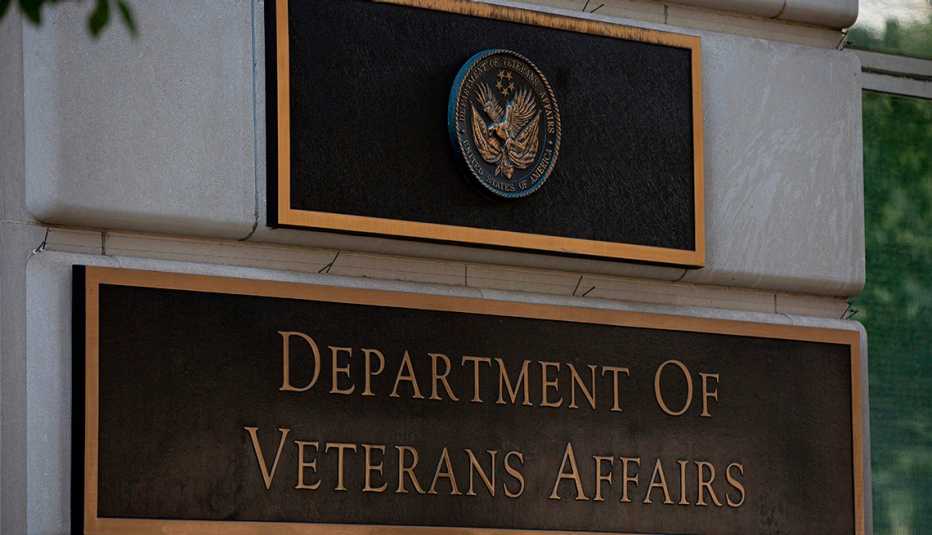Staying Fit


The Department of Veterans Affairs’ (VA) long-term care spending is expected to more than double from its 2017 level of $6.9 billion to $14.3 billion in 2037, a new report from the Government Accountability Office (GAO) estimates.
"VA projects demand for long-term care will continue to increase, driven in part by growing numbers of aging veterans and veterans with service-connected disabilities,” the report says.


AARP Membership— $12 for your first year when you sign up for Automatic Renewal
Get instant access to members-only products and hundreds of discounts, a free second membership, and a subscription to AARP the Magazine.
The VA provides 14 long-term care programs in institutional settings, such as nursing homes, and noninstitutional settings, including a veteran's own home.
All veterans enrolled in the VA health care system are eligible for benefits, including long-term care. But the placement and program of services depends on the veteran's clinical needs, disability rating, personal preference, and what is available.
Veterans Receiving Long-Term Care from VA in 2018
• Age 65 or older: 70 percent
• Served before Sept. 11, 2001: 91 percent
• Service-connected disabilities: 55 percent
To meet the rising demand for long-term care, the VA plans to expand veteran access to noninstitutional programs to prevent or delay nursing home costs, the report said.
"Although VA was recognizing that they were going to have to address these challenges and had taken some steps to address them, it was not really clear what progress VA is making,” said Sharon Silas, health care director with the GAO.
The report recommended that the agency address its workforce shortages, in particular by focusing on locating care programs where they are most needed — especially in rural areas — and meeting veterans’ needs for specialty care.
"In order for VA to effectively address these challenges, they need to develop these measurable goals and to show their progress,” said Silas. “And that will help them to ensure that they're well positioned to effectively meet the growing demand for veterans’ long-term care."

































































More on Home and Family
Tips and Tools That Can Help Veterans Get Jobs
Take advantage of ways to update your résumé, find employers that offer programs for vetsFree Resources for Veterans Beyond the VA
Find assistance with bills, employment and moreFraudsters Take Aim at Military Personnel, Veterans
Losses surpassed $338 million in five years